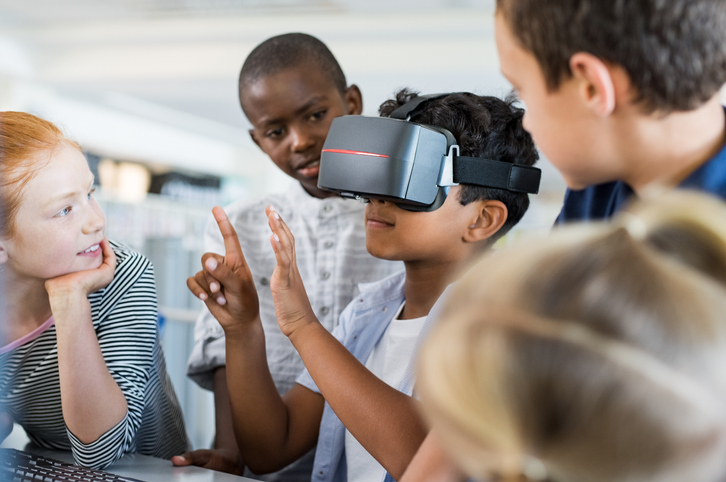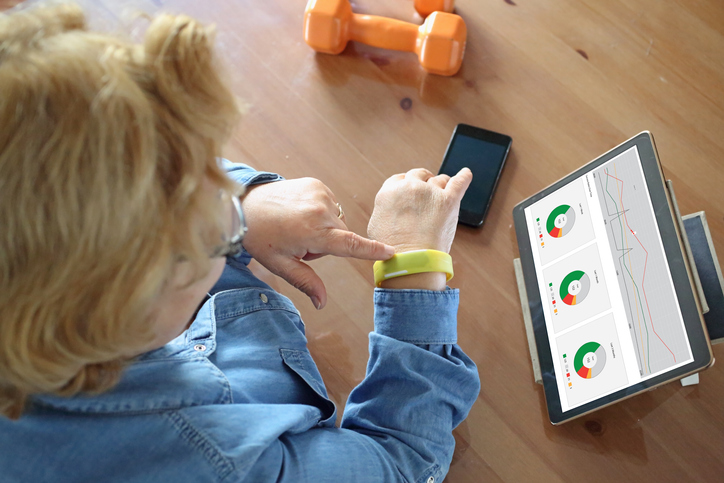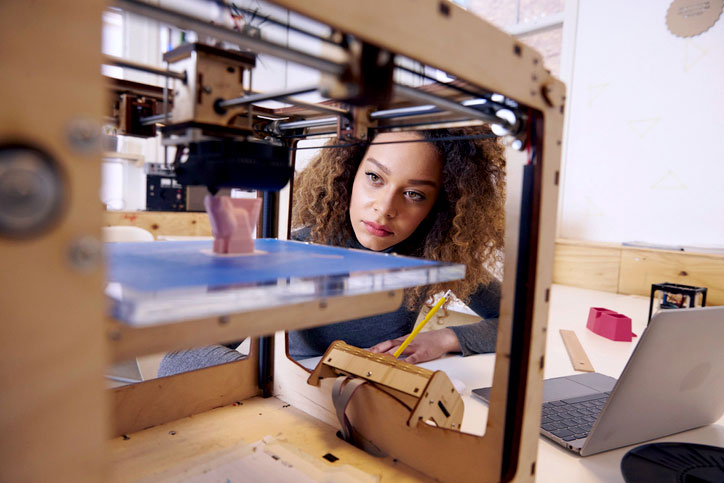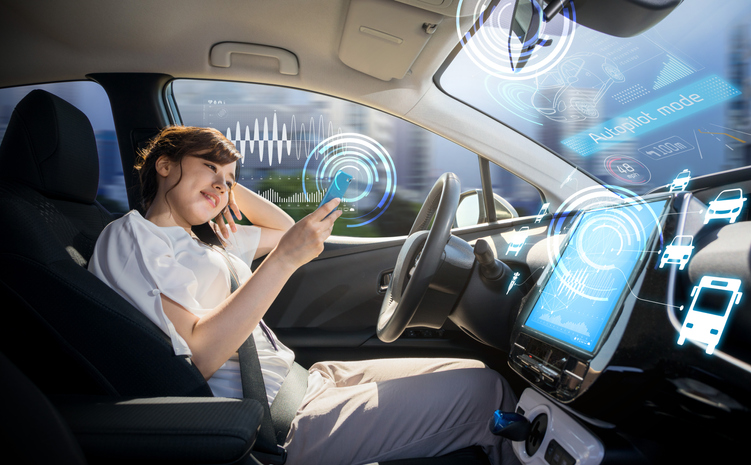This year, Science World is celebrating 30 years under the dome! A lot has changed in 30 years and for our birthday, we are thinking about the future of British Columbia. We believe that imagining the future is the first step in making our ideas reality and future-thinking is in our roots.
Our glittering geodesic dome was home to Expo 86 as a symbol of future possibilities. So, what did the visionaries of the 80s imagine the world would look like today?
Each generation has their own ideas about what the future will be like and those ideas appear in things like novels, comic books and films about the future. Often, when we look back at projections of the future, they were way off the mark. For example: hoverboards did not replace skateboards, we did not “make contact” with aliens in 2010, and flying cars might exist in prototype, but we are many decades and maybe a century in political decisions away from aerospace highways.
Still, for all the things that we got wrong about the future of the 80s, there are lots of things that futuristic books and movies got right!
The Internet

The prediction of the internet is credited to the American-Canadian writer, and British Columbia resident, William Gibson. In his 1982 short story, “Burning Chrome”, Gibson coins the term “cyberspace” and later in his ground-breaking novel, Neuromancer, he describes cyberspace as a 3D virtual world that one can “jack into”, which is pretty much how we connected to the internet in the early days, through a telephone jack.
While it isn’t necessarily 3D, at present, the internet has become a very real part of our lives and many people spend a good deal of their professional and personal lives “plugged in”, as Gibson would have described it, to cyberspace!
Virtual Reality

Virtual reality, or VR, is a very popular idea in futuristic 80s media. One of the most noteworthy examples is the classic sci-fi film, TRON. In this 1982 film the characters are actually transported into a virtual reality, which is a relatively unique take on the VR concept.
Typically, we think of VR as more of an immersive sensory experience, rather than a literal transportation to a virtual world. This sensory takeover is best exemplified (in this writer's opinion) in the 80s film, Brainstorm. This film is all about the development of VR technology by a scientist and an engineer. The technology they develop records and communicates sensory information from one person to another.
Virtual reality and augmented reality are currently active areas of research. At present, there are consumer products on the market that aim to create an immersive sensory experience in storytelling, gaming and education. Today, VR has become as accessible as strapping a few magnets and a cardboard box to your smartphone.
Wearable Technology

Wearable technology, or “wearables”, is actually an age-old idea. Originating with items like the pocket watch or compass, people have been looking for ways to carry tools that make life easier. In the 80s, we imagined nearly everything would be wearable tech, from self-drying jackets and personal stereos, to self-lacing shoes.
While Nike did make self-lacing shoes in time for the 2015 deadline set by the film, Back to the Future II, they aren’t exactly mainstream fashion at this point. Wearables for health and lifestyle, however, have become a booming industry and are common in the form of smart watches, fitness monitors, heart and glucose monitors, wireless earbuds and wearable cameras.
Imagine what 17th century sailors could have done with a pocket watch that also had GPS!
3D printing

Most Star Trek: The Next Generation fans will immediately think of a replicator as their first example of 3D printing in media and, while there had been previous references to it in science fiction writing, the replicator has the most compelling scientific explanation and bears a general resemblance to actual 3D printers.
A replicator works on a quantum level by rearranging subatomic particles to form molecules that would make up the atoms of everyday things from clean socks to Cheerios.
In reality, the 3D printer was invented in 1981, and were mainly used to create plastic models. Today, 3D printers are able to print with a wider range of materials and can be used to prototype or manufacture parts and electronics on the spot. Probably the most futuristic use of 3D printing today id 3D bioprinting, which uses biomaterials to fabricate materials that imitate natural tissue. At present, we use these materials for research purposes, but scientists are actively working on using this technology to produce tissues and organs for medical use.
Unfortunately, we are still a few years out from printing up our lunch.
Transportation

We still haven’t gotten Scotty to “beam us” anywhere, but self-driving cars are a real thing and they are looking more and more practical all the time.
Self-driving cars were actually invented in 1986 by a team led by German aerospace engineer, Ernst Dickmanns. His team developed the software that would allow a car to “see” in a manner of speaking, through machine learning. These self-driving cars were actually a kind of artificial intelligence (AI).
Dickmanns’ research hit some pretty big limitations, however. Technology of the time couldn’t keep up with the futuristic concept behind an AI car and a final product would be years in the making, so the project lost funding in the 1990s. It’s tough to be at the front of the curve.
Today, the desire to develop the self-driving car is stronger than ever and there are a few cars on the market that have limited self-driving, or auto-pilot, capabilities.
British Columbia
In 1986, our geodesic dome was the centre of the Expo 86 festivities, which were themed around the future of transportation and communication. The people involved in the World Exposition imagined a future “World in Motion – World in Touch” and in the now, we are better able to communicate and get around than ever before.
When Science World moved into the dome, we took up the task of facilitating young people to keep imagining what the future could look like, and we are even more committed to that goal today. The present and future will offer up many challenges that will require unique skills and visionary thinking. We hope to inspire, support and empower the dreams of this and future generations to become a reality.
The future is bright.
Science World's vision is, within a generation, Canada will be a country of thriving, sustainable communities rooted in scientific literacy, technological innovation, and a deep connection to nature. Learn more about our mission to ignite wonder and empower dreams through Science and Nature.